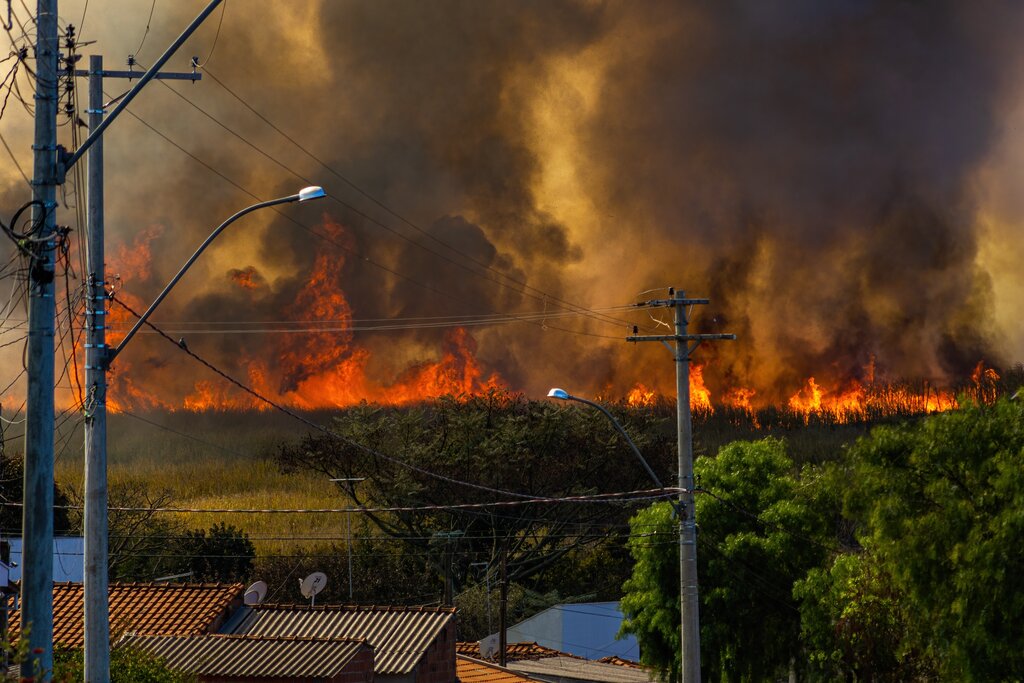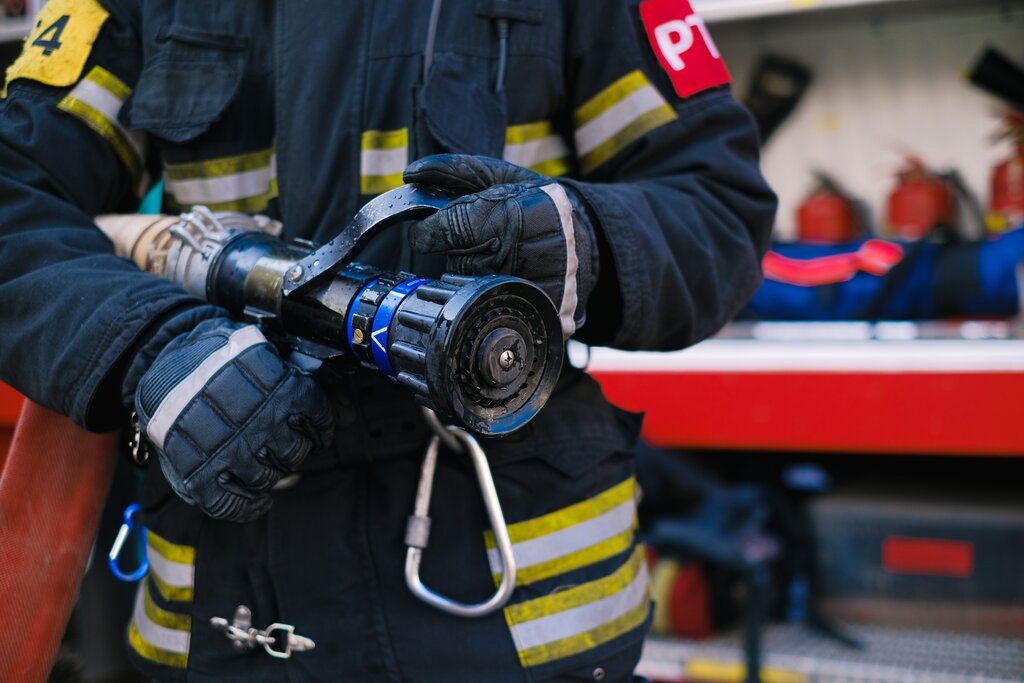More Large Wildfires Occurring Each Year
According to the National Interagency Fire Center’s Incident Management Situation Report (MSR), the year-to-date statistics (01/01/16 – 5/13/16) for fires across the United States is more than 17,400 fires covering almost 1.5 million acres.
That’s fewer than the total number of national wildfires tallied for this time last year, but it’s more than FOUR TIMES the amount of total acreage burned compared to 2015.
Is the Threat of Wildfires Increasing?
 The majority of large acreage fires have occurred over the last ten years, with more and more large fires occurring every year.
The majority of large acreage fires have occurred over the last ten years, with more and more large fires occurring every year.
As of May 13 of this year, there were 6 states still fighting active large fires, including Alaska, Florida, Minnesota and Texas. These statistics include human-caused fires, lightning-caused fires, prescribed fires, and wildland fires. Prescribed fires purposely set to reduce overall fire load, thereby minimizing the threat of a larger, more destructive wildfire.
So far this year, the Anderson Creek Fire in Oklahoma and Kansas has claimed the largest amount of acreage burned, a whopping 397,420 acres. It was the largest wildfire in Kansas history. No fatalities or injuries were reported from this fire, although there was significant loss of cattle and rural property.
In 1995, wildland fire costs consumed 16 percent of the Forest Service budget. This year, 2015, wildland fire costs rose to 52 percent of the budget.
Most Homes Lost to Wildfires Are Not in Heavily Forested Areas
 Jack Cohen, a research physical fire scientist with the U.S. Forest Service cites, in High Country News’ article Why homes are lost to wildfire, that many of the homes that are lost to wildfire don’t actually occur during the height of the fire. “If we look at all the destruction during wildfires, the principle igniters directly on the house and the immediate surroundings are firebrands, which means that the wildfire may be half a mile away, and we still have neighborhoods burning down.”
Jack Cohen, a research physical fire scientist with the U.S. Forest Service cites, in High Country News’ article Why homes are lost to wildfire, that many of the homes that are lost to wildfire don’t actually occur during the height of the fire. “If we look at all the destruction during wildfires, the principle igniters directly on the house and the immediate surroundings are firebrands, which means that the wildfire may be half a mile away, and we still have neighborhoods burning down.”
The Waldo Canyon Fire
The Waldo Canyon Fire, the most costly fire in Colorado’s history, hit suburban neighborhoods where homes were not in heavily forested areas. The fire destroyed 347 homes in neighborhoods across Colorado Springs.
Floating Embers from Wildfires Cause Most of the Damage
Firebrands are floating embers that are carried by wind, igniting fuel built up in rain gutters, wood piles on decks or stacked close to houses, and dead grass or bark close to homes and buildings.
These small ignitions often are overlooked, but they can be deadly. They evolve slowly, burning the small fuel, then gain ground to larger flammable materials, until the entire structure is engulfed in flames.
Four Tactics to Reduce Wildfire Damage
Here are four tactics you can use to reduce the chance of wildfire damage to your home, structures, and property:
- Create a Defensible Space – A defensible space can slow or stop the spread of wildfire, it creates a buffer between a building on your property and the grass, trees, shrubs, or any wildland area that surround it. Learn more about creating defensible space zones here.
- Monthly Maintenance – Make sure to do routine maintenance around your property structures to reduce the chance of an ember or spark becoming a larger issue. Clean rooftops and gutters, locate any wood piles or logs away from structures (uphill is best), remove trash and debris from around the base of your foundation, and make sure all vegetation around your home is mowed, trimmed, and kept up to reduce fire load.
- Fire-Resistant Materials – Use fire-resistant materials when building or renovating a home, e.g., roofing, windows, siding, and decking materials.
- Wildfire Defense System – Install a wildfire defense system, such as Frontline, on your existing property structures. Frontline is a unique wildfire defense system that is installed on the roof, under eaves, and in-ground surrounding your home. It works similar to an irrigation system. When activated, the system sprays a mixture of water and firefighting foam onto the house and surrounding landscape.
These are just a few of the many strategies that you can implement to protect yourself, home, property, and investments from the threat of wildfire.
Every year, an average of 2,600 homes are lost to wildfires – Don’t let yours be one of them!
nterested in knowing more detailed information? Contact us here or call our office at (307) 203-5822 for more details.


